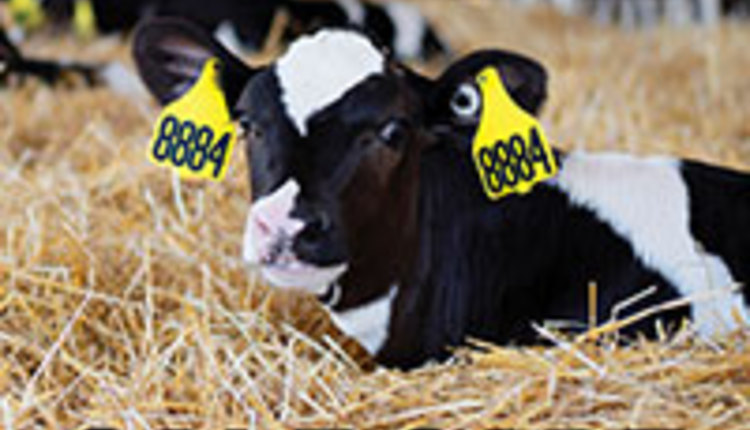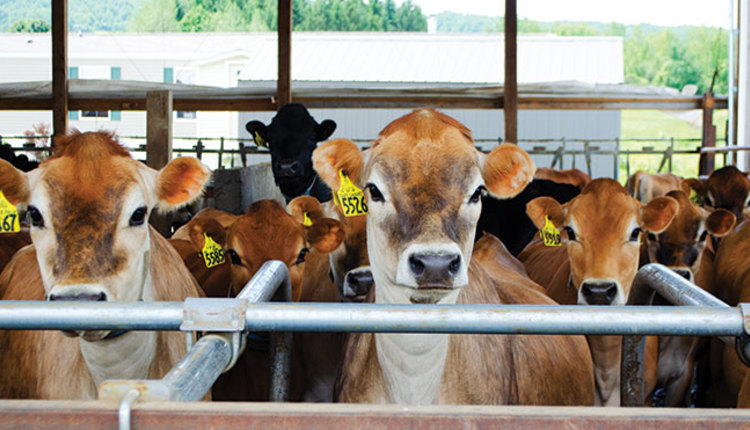
Much of the 2019 corn silage crop is now harvested or soon will be. After three to four weeks in storage, odor and color can tell you a lot about how well silage fermented. This can be a good indicator of potential issues that may arise as you begin feeding a new crop. It also may be useful in deciding if requesting an analysis of the fermentation profile is necessary.
The good silage
Silage that ferments normally may smell slightly sweet, but typically has very little odor since the most prevalent volatile fatty acid is lactate, which is nearly odorless. A mild vinegar odor is another possibility for normal silage, because acetic acid is the second most common fermentation end-product, and it is quite volatile.
The bad silage
A strong vinegar odor, usually accompanied by a yellow color, indicates the silage contains more acetic than lactic acid. This is due to low numbers of lactic acid-producing bacteria and can occur when the crop had low sugar levels or was put up wet.
The downright ugly silage
Silage with a rancid, fishy, or putrid odor, a yellow-green or brown color, and a slimy texture results from clostridial fermentation. There are a number of clostridial species that can affect silage. Some convert lactic acid and excess plant sugars into butyric and acetic acid.
Others break down plant proteins into ammonia and a variety of nonprotein nitrogen compounds, and some of these, such as putrescine and cadaverine, have particularly unpleasant odors, as you might guess from their names. The combination of odors from these various compounds and butyric acid can significantly depress intake. Clostridial fermentation also typically reduces the energy and protein value of silage.
What about hay silage?
Haylage with a caramelized or cooked odor, like tobacco or burnt sugar, usually has heated excessively (over 120°F), is dark brown to black in color, and often appears dry. Such silage has reduced energy and available protein content and is caused by excess oxygen in the forage mass, which allowed extended respiration. Slow fill rates, poor compaction, overly mature or dry forage, and excessively long chop length are potential causes of this problem.
Sharp, sweet-smelling silage with normal color results from high levels of propionic acid, which can be due to low sugar levels in the forage crop or to additives containing propionic acid.
Silage with an alcohol odor typically indicates yeast fermentation and can reduce dry matter intake. In some cases, alcohols (ethanol is the most common) in silage react with silage acids to form esters that lend a fruity, sweet smell to the feed. An acetone or nail polish odor in corn silage may also arise from ester compounds, but yeasts are not usually found in this silage.
Watch out for mold
Musty or moldy odors and heating indicate high mold levels in the silage, which occur after the silage is exposed to oxygen. Heating silage can also have an earthy aroma if bacilli are present. Bacillus species are common in dirt and manure and typically grow in silage after oxygen exposure allows yeast to begin the spoilage process.
Silage smell and color are not directly used in formulating rations, but they can provide excellent clues about the quality of the feed. If you suspect fermentation went awry, samples can be analyzed for the volatile fatty acid profile in addition to typical nutrient compositions. The results can help in adjusting your ration, so the poorly fermented feed has as little impact as possible. These clues can also help identify areas where your silage management could use some fine-tuning.








